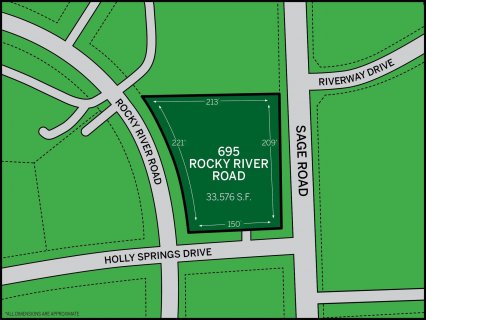Turning Chaotic Memories Into Art — Holly Wong’s Suspended Environments Draw Viewers Into Radical Repair In Houston
A Language Without Words and The Power Of Silent Wonders
BY Alison Medley //Holly Wong's work, Spell Tapestry, on view at her Sacred Letters exhibition at Ellio Fine Art, draws viewers in.
There is a nuanced gravity that permeates Sacred Letters, Holly Wong’s luminous solo exhibition at Houston’s Ellio Fine Art, on view through this Saturday, June 21. These are not works that shout for attention. Instead, they draw the viewer in with a quiet tension — through thread, translucence, fiber and time.
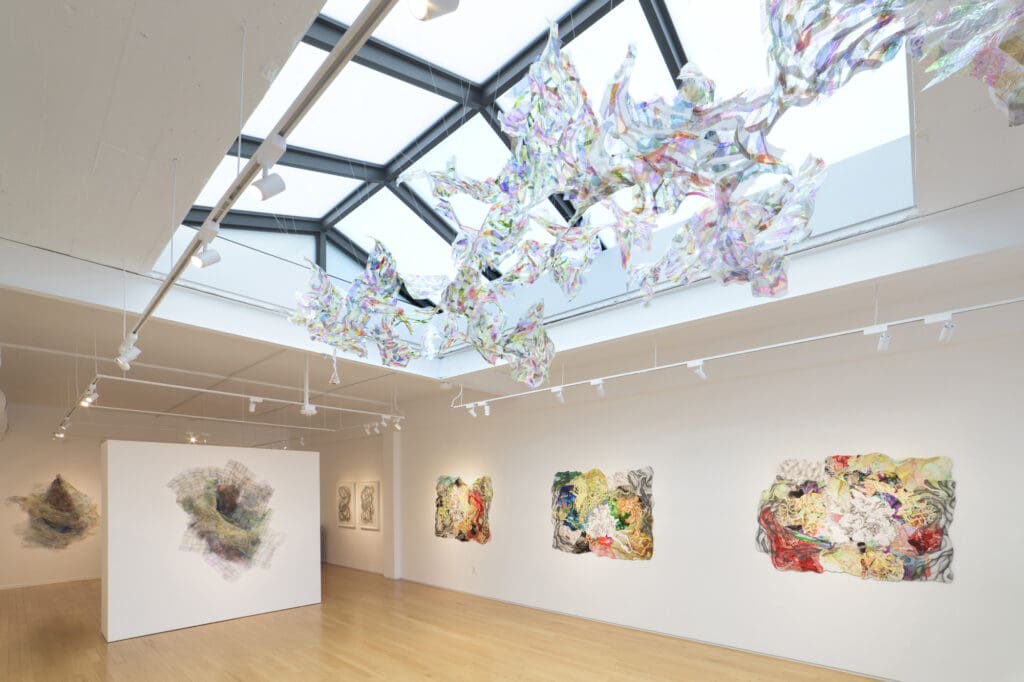
Wong, a San Francisco-based artist, creates suspended environments out of delicate materials: organza, gauze, smoke, graphite and aluminum. At first glance, her work illuminates the canvas like a layered visual poem, a collaged painting threaded in gossamer silk. But spend a moment with it and you’ll discover a deeper strength — a poetics of survival.
“Drawing was at the heart of my practice,” Wong tells PaperCity. “If things were chaotic at home when I was child, I would focus on my drawing.”
This exhibition, Wong’s first solo presentation with Ellio, brings together recent works from her Sacred Letters series — an evolving visual language of stitched glyphs, translucent textures and spiritual searching. The series draws inspiration from The Book of Kells, but the sacredness here is not inherited. It is built, thread by thread.
“All of the work started out with drawing,” Wong notes. “Nested, intimate. There are a lot of nature elements. It’s definitely about memory.”
Memory for Wong is not linear. Raised in a home which was punctuated by turbulence, she speaks candidly of fragmented recollections, some returning in flashbacks. Especially when working with alcohol ink.
“Sometimes when I pour red, I see blood I cleaned up off the floor,” Wong says. “I can see gunshot holes in the wall. I can see flashes. But they don’t make a lot of sense to me.”
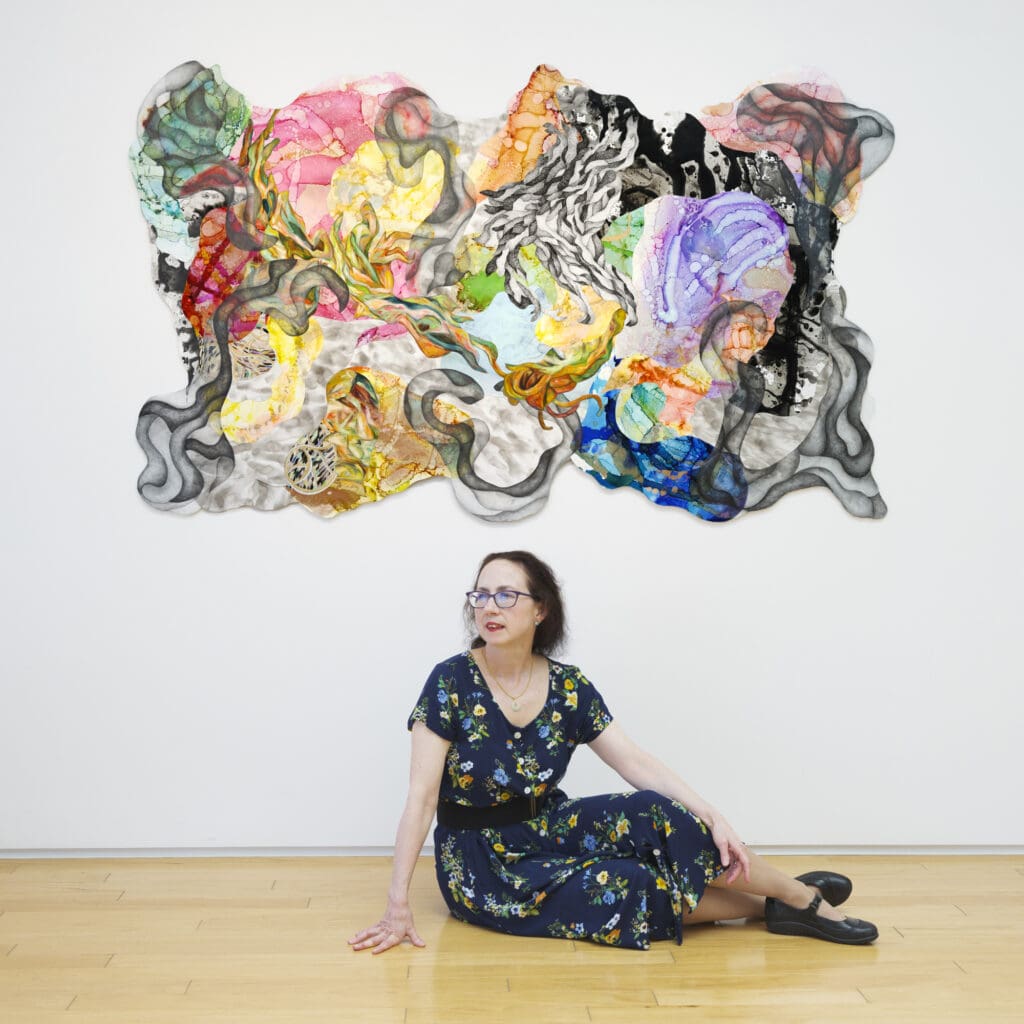
Inside the Artistic Process
Rather than attempt to organize that chaos into narrative, Wong reprocesses it materially.
Her process is often circular: drawing, sewing, cutting, resewing. In Wong’s Spell Tapestry piece in Sacred Letters, the layered composition was sewn together, sliced apart, then sewn again.
“It has this fractured kaleidoscope quality,” she says. “But it’s always about radical repair — this notion that these little things become a big thing.”
Indeed, the exhibition rewards close attention. Smoke patterns blur into graphite lines and hand-stitched netting drapes over drafting film like breath. Wong’s mark-making is intimate but never insular. It beckons the viewer into a meditative engagement with their own sense of rupture and renewal.
Wong’s Elixir series marks a more intimate evolution in her practice.
“Elixir 6 and Elixir 5 were the last in the series, and they feel like they are the most free are the most physically expansive, evoking a landscape feeling,” Wong says. “I feel like in these pieces, there is a way I was creating space.
“There is breathing space I’ve created in this work that starts to emerge. I was going through my own processing. You can see the layering.”
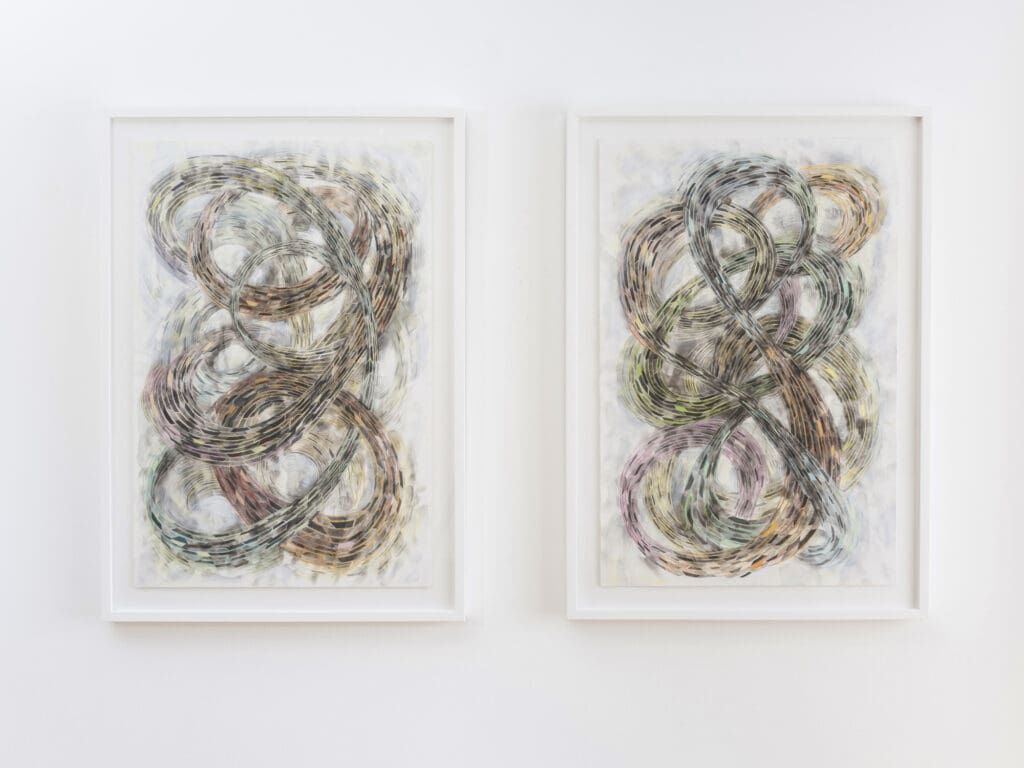
Wong’s story is as compelling as her practice. After graduating with an MFA from the San Francisco Art Institute, she spent years working in public health and psychiatry.
“That was the best job I had,” she reflects. “They wanted people who had lived experiences. People who understood the mission. People with compassion.”
Holly Wong At Work
Wong’s early mornings are spent in the studio, and her work begins at 4 am. By her forties, she was working full-time as an artist. Her work resonates especially with women who feel they came to their creativity later in life.
“There were periods in my life where I felt like I should just give this up,” Wong reveals. “But many women didn’t blossom until their 40s or 50s. That’s where a lot of people connect with the work.”
In many ways, Wong’s exhibition are a valentine to her mother — a legal secretary who did the best she could to raise her daughters in a situation that was fraught with domestic tension. Wong survived a household shaped by addiction, death and silence. Her mother’s sewing, later reemerged in Wong’s art as a gesture of remembrance.
“All my intelligence and talent I owe to her,” Wong says. “Even though she was not perfect, I do not judge her choices. I really do understand that she did the best she could. She died at 47. When I was younger, I didn’t understand.
“I understand her choices, and I don’t judge her for some of those things she did. I forgive her for sometimes not protecting me.”
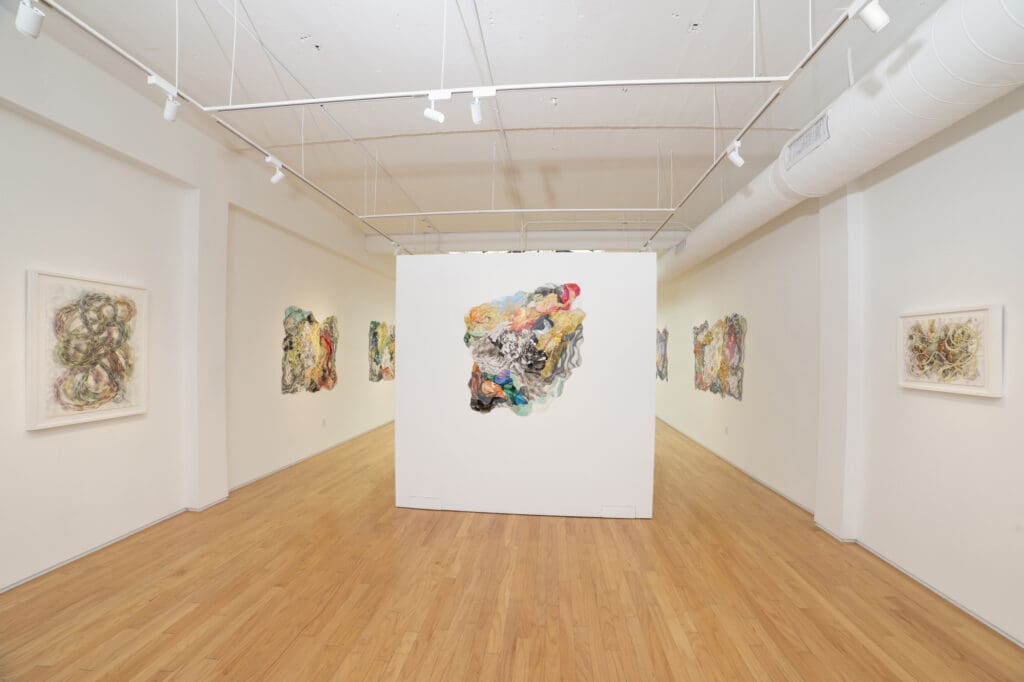
The community ethos extends beyond the gallery. Wong regularly leads workshops in shelters and LGBTQ+ spaces — circles of storytelling, art-making and resilience.
“Whenever we do workshops,” she says, “I always want to open a safe space. We form a circle and talk about the work. Nine times out of ten, people really want to talk.”
One such workshop was held beneath a sculpture in the Ellio gallery in Houston.
“We talked about how to be kinder to ourselves. About the things we view as signature strengths,” Wong says. “People were vulnerable enough to really go there.”
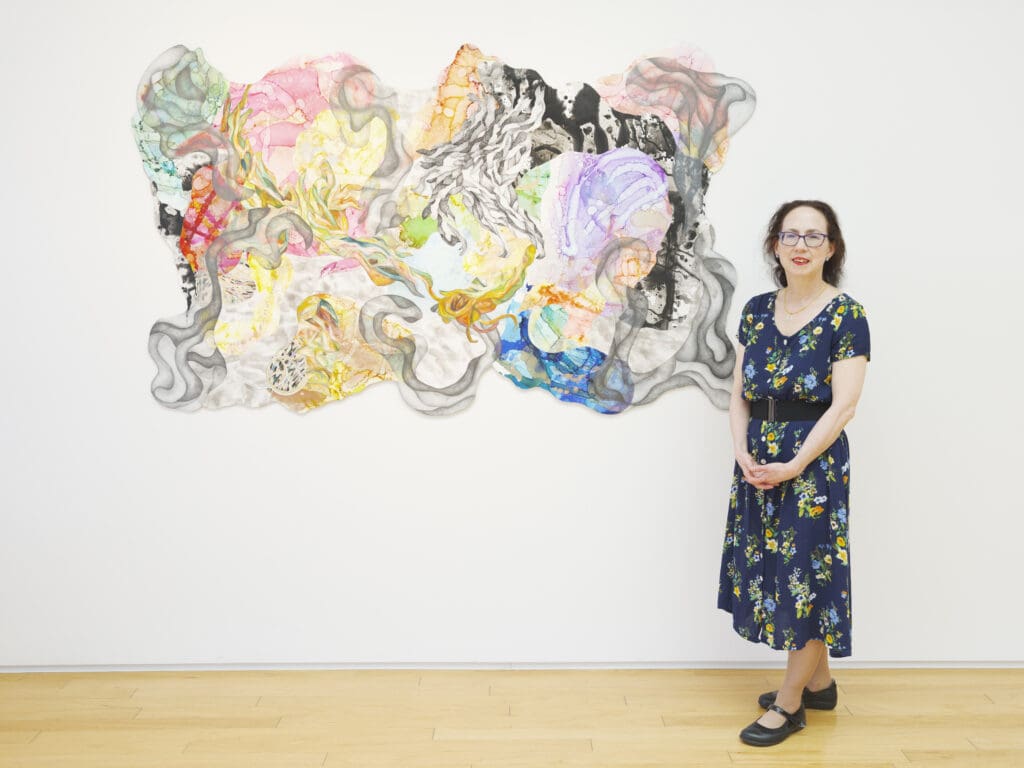
The effect of Sacred Letters is cumulative. There is no climax, no resolution. Instead, each work acts like a breath — held, released and returned. These are drawings and installations, yes. But they also celebrate acts of survival and finding sanctuary.
“I try to normalize honoring your choices,” Wong says. “For so many years, I regretted mine, but now I know: you don’t have to pick a lane. You don’t have to be destitute to be an artist.”
At Ellio, Sacred Letters glows with that clarity. In Wong’s hands, delicate materials become durable truths — quiet, complex and deeply earned.
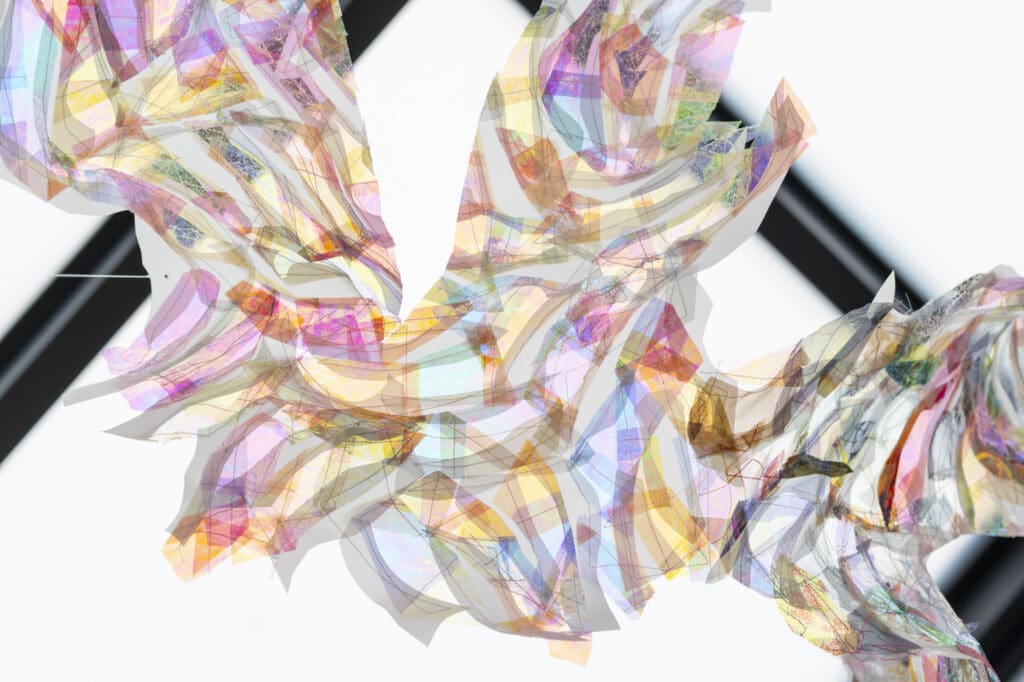
Ellio Fine Art is located at 3201 Allen Parkway and is open 10 am to 5 pm Tuesdays through Saturdays. Holly Wong’s work is on view through this Saturday, June 21.

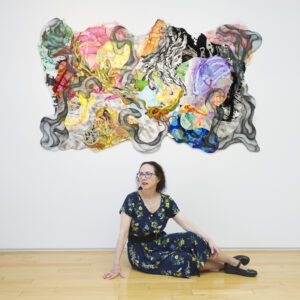
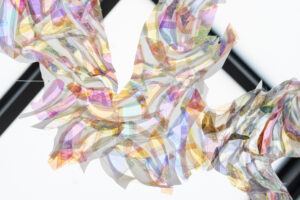

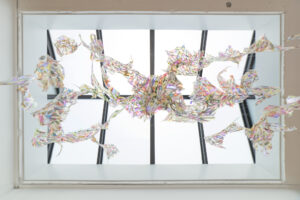
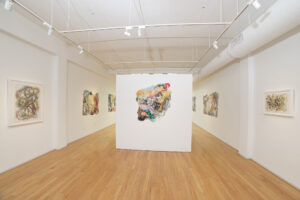
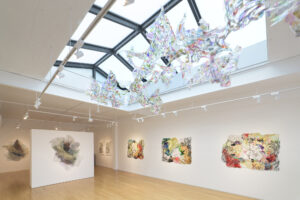
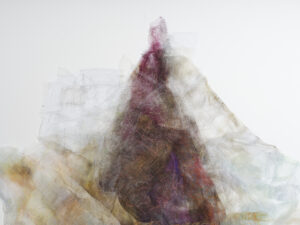

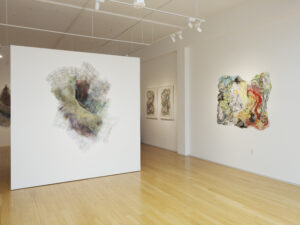
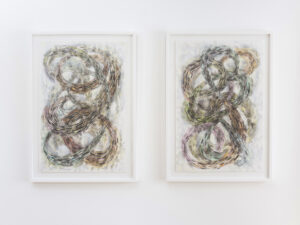
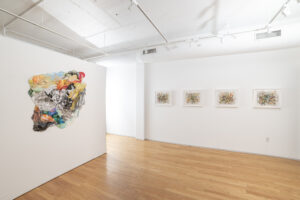
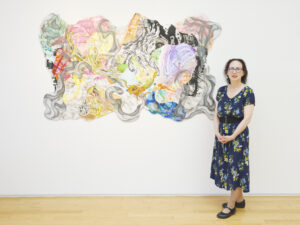

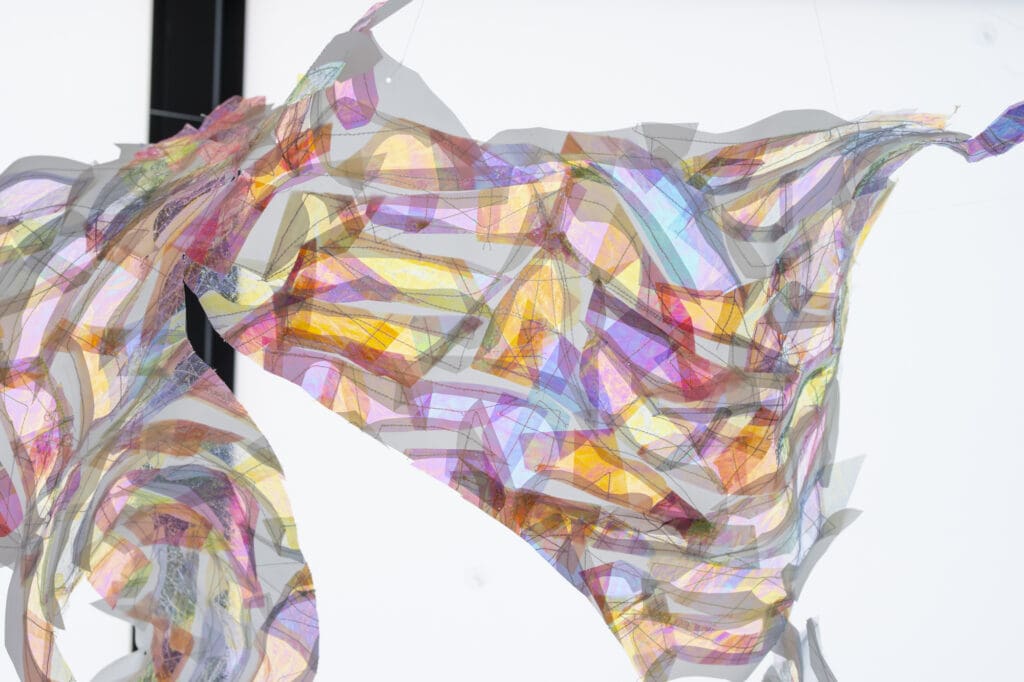


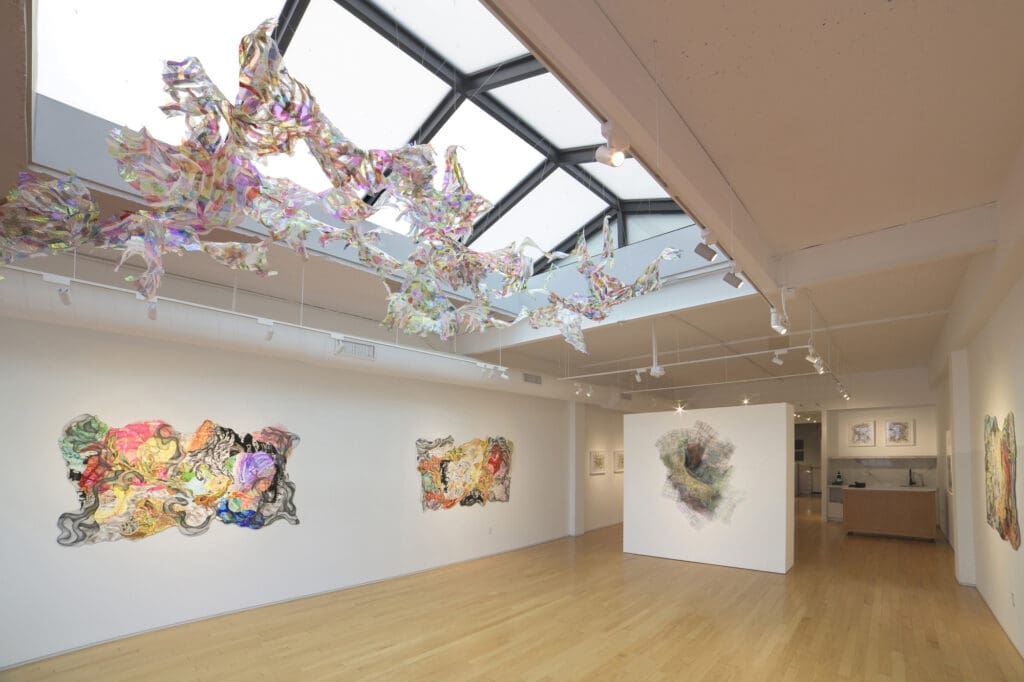
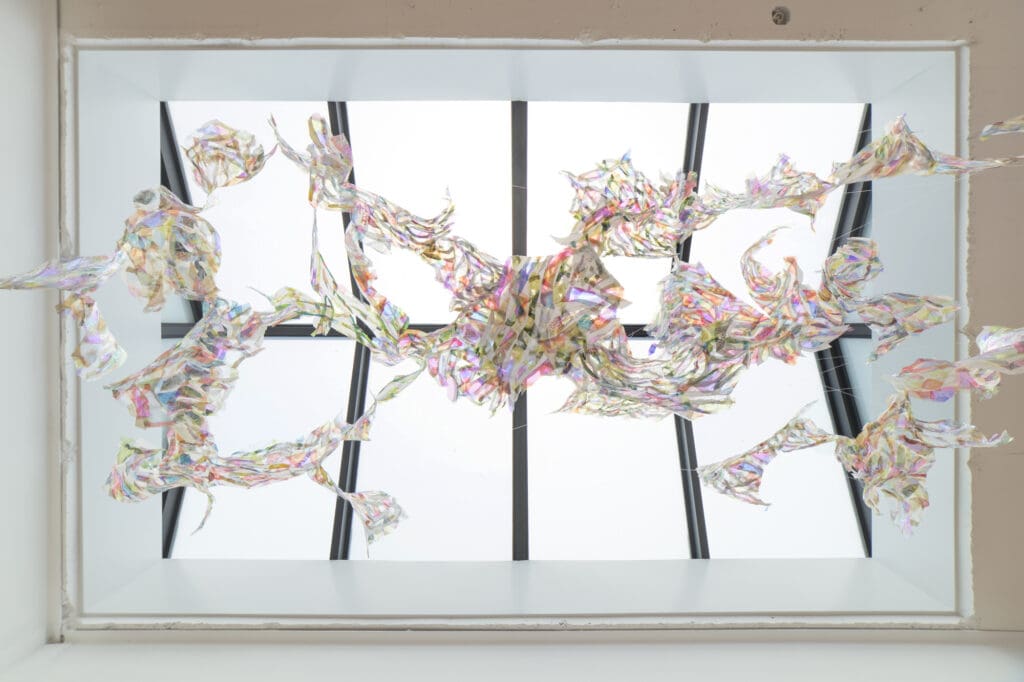



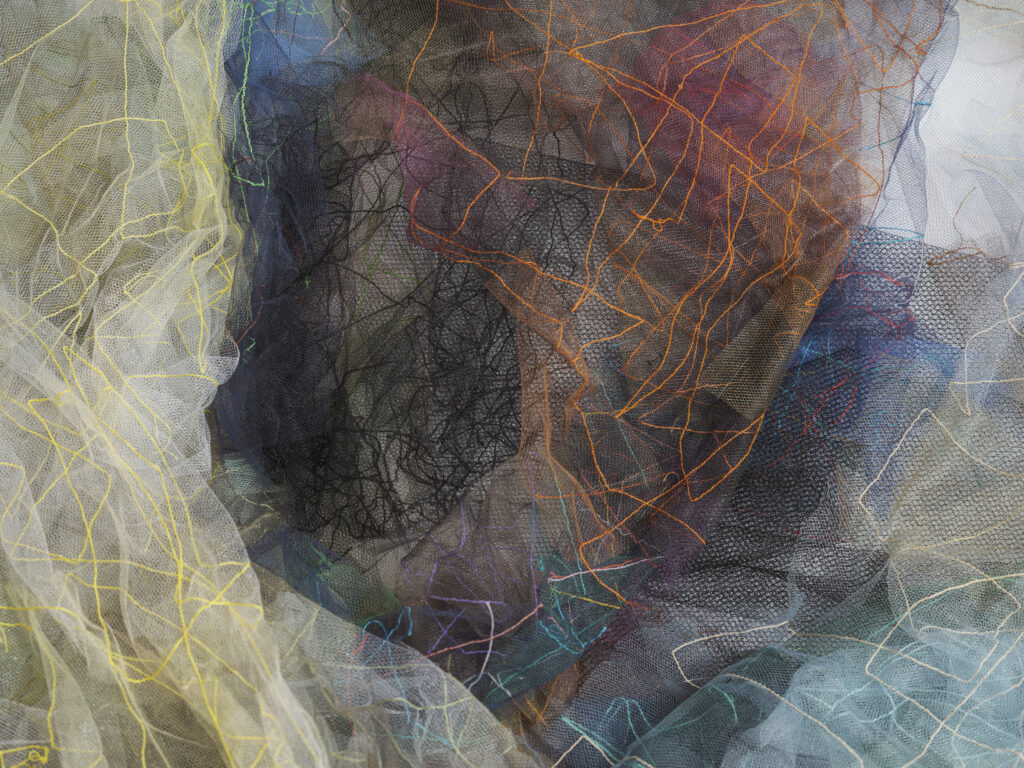
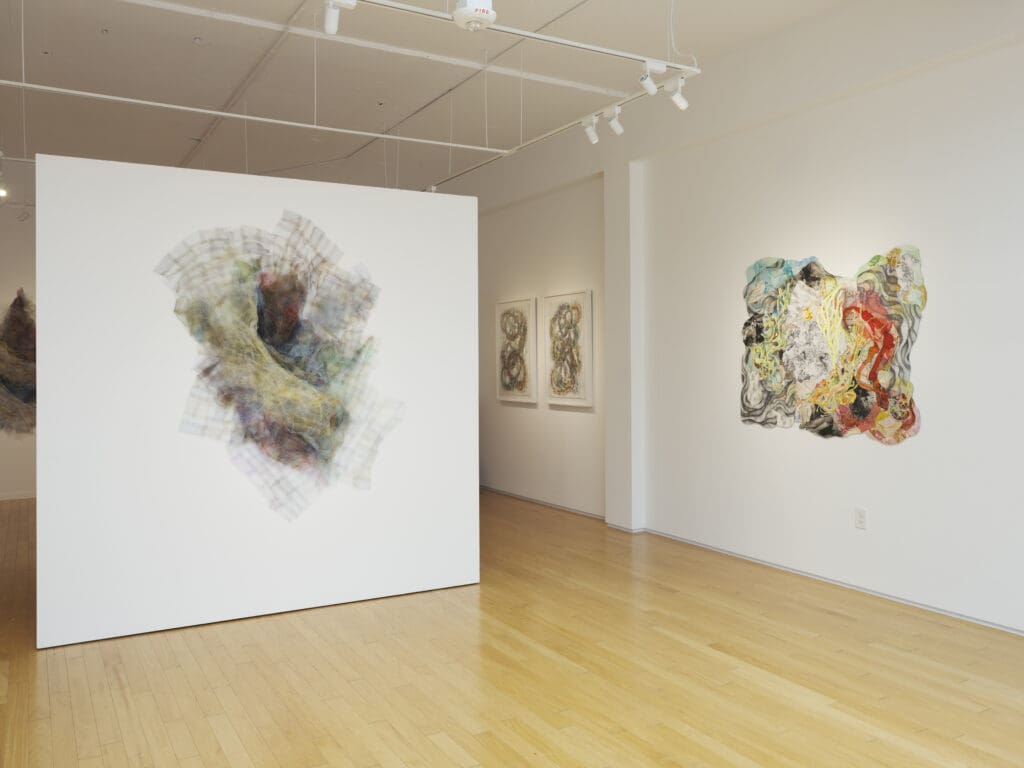






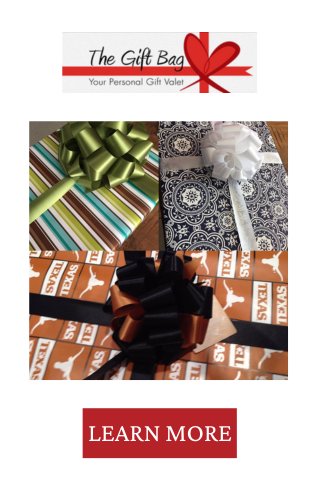


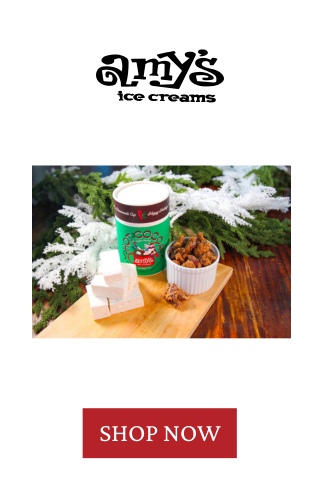


_md.jpg)




